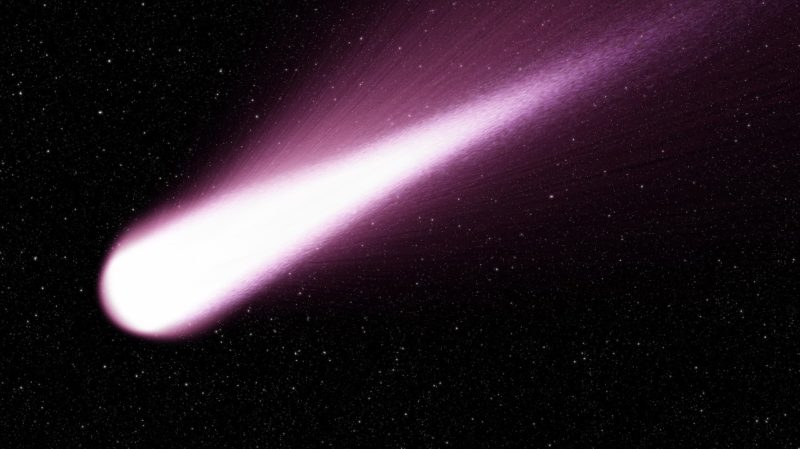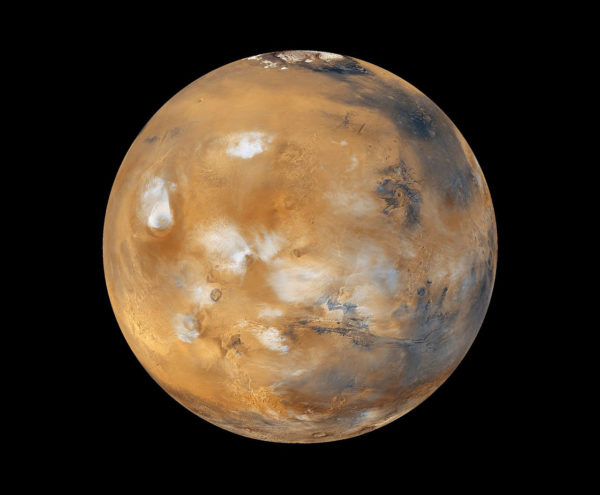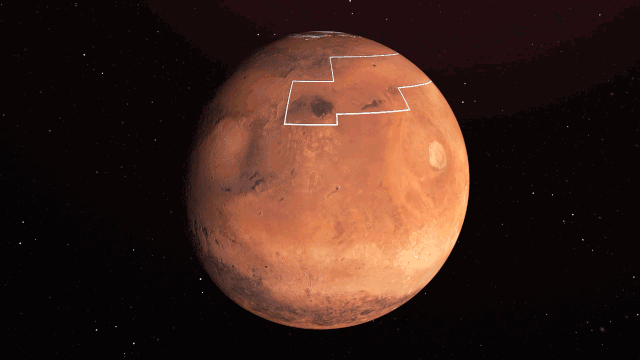SPACE: Has Life From Earth Already Gone to the Stars?
A pair of Harvard astrophysicists have proposed a wild theory of how life might have spread through the universe. Imagine this: Millions or billions of years ago, back when the solar system was more crowded, a giant comet grazed the outer reaches of our atmosphere. It was moving fast, several tens of miles above the Earth’s surface — too high to burn up as a fireball, but low enough that the atmosphere slowed it down a little bit. Extremely hardy microbes were floating up there in its path, and some of those bugs survived the collision with the ball of … Read more












